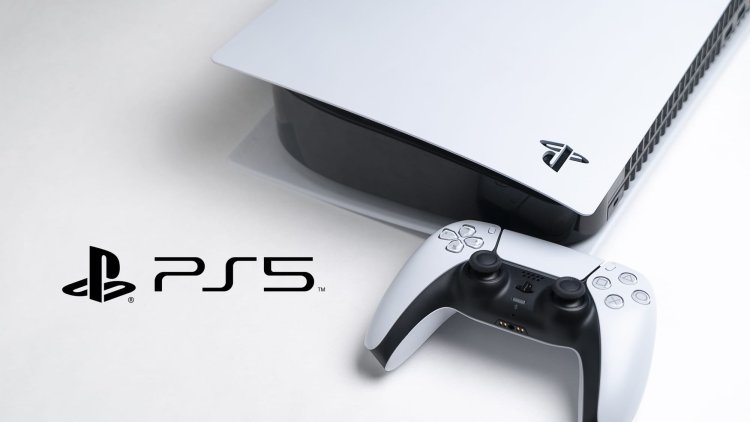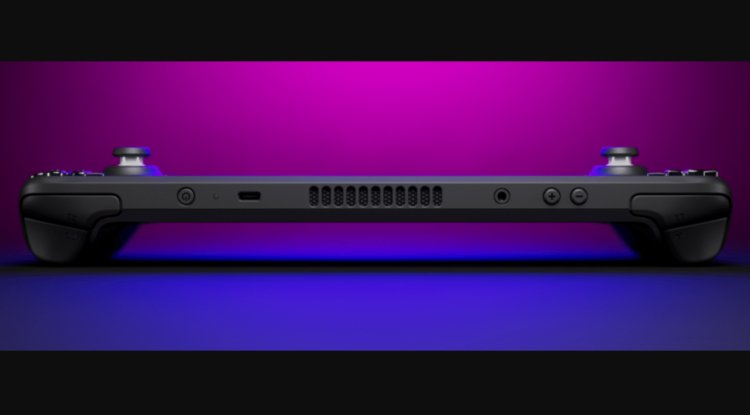PS5 Pro will be much more powerful than PS5

The PS5 Pro has long been positioned as the intergenerational successor to the PS5, as well as the spiritual heir to the PS4 Pro, a system that sparked some controversy at the time, but Sony eventually figured out how to make it an appealing choice without distorting the original model.
We expect Sony to take the same strategy with the PS5 Pro, a console that, according to multiple reports, will be released in 2024 and will include significantly more powerful hardware than the PS5.
How will Sony boost the power of the PS5 Pro?
There are many possible options, but before we look at them, we must provide some context to the question, which is that this power increase must be achieved without causing problems for developers, that is, without overcomplicating development on both consoles, and also without causing a significant loss of value in the original console, as this would cause significant discomfort among PS5 users.
In this regard, we can look at Sony's PS4 Pro as a starting point. Although it employed a more powerful node and increased the working frequency, this console maintained the architecture and the maximum number of cores and threads at the CPU level.
Let's look at the precise data to make things clearer:
- PS4 has a Jaguar CPU from AMD at 28nm with 8 cores at 1.6GHz.
- PS4 Pro has a Jaguar CPU from AMD in 16nm with 8 cores at 2.13GHz.
AMD made things easier for developers by keeping the architecture and number of cores the same, as it prevented needing to separate the products and reduced the risks of errors. Sony may use the same route with the PS5 Pro, keeping the Zen 2 CPU with 8-core and 16-thread CPU, but manufacturing it on a more advanced node (5nm, for example) and running at a faster speed.
That would be the most logical choice, but according to a fresh rumor, Sony will choose the Zen 4 architecture for the PS5 Pro, which would result in a considerable performance boost over the CPU used on the PS5.
We believe this would be beneficial in terms of performance, particularly at higher FPS rates at resolutions lower than 1080p and 1440p, but detrimental in terms of development and compatibility. On the other hand, it would not be a significant improvement when playing in 4K or in circumstances with a high graphic load.
Ray tracing is no longer a technology of the future, but of the present. However, we have observed in titles such as Dying Light 2, Control, and Cyberpunk 2077 that this technology is too large for current generation consoles.
Even though ray tracing is limited to shadows and ambient occlusion, neither the PS5 nor the Xbox Series X can run Cyberpunk 2077 optimized with the "next-gen" patch going beyond 1080p and 30 FPS when ray tracing is enabled.
Could Sony use a next-generation GPU in the PS5 Pro?
Of course, it could, but the real question is whether it should. Let us return to the starting point established by the PS4 Pro, a console that featured a GPU with a base architecture that was essentially identical to that of the PS4 GPU.
Sony did not create an entirely new architecture to increase raw power; instead, it doubled the number of computing units, and thus the number of shaders. The PS4 GPU contains 1,152 shaders, while the PS4 Pro GPU contains 2,304 shaders.
With that modification, Sony ensured a high degree of PS4 support while avoiding hassles for developers. If the Japanese corporation decides to use the RDNA 3 architecture on the PS5 Pro, it will have to tread carefully, as it could end up being counterproductive for the same reasons we mentioned when discussing the CPU.
However, implementing a new architecture would be the only way to make these massive increases because, as previously stated, PS5 Pro would more than double the speed of PS5 in ray tracing and would double its performance in rasterization, according to the source of the story.
In theory, this new Sony console would be supported by an upscaling technology developed by the Japanese company, implying that it would be exclusive to PS5 Pro, though we cannot rule out the possibility that it will eventually reach PS5, in fact, it would be more reasonable to maintain the value of said console.
This is a subject that raises many questions, and given the limited knowledge available at the moment, it is best to proceed with extreme caution.
That increase in power would mean that the PS5 Pro would be a real 4K system, capable of playing games at that resolution while maintaining 60 FPS without sacrificing graphic quality.
That upscaling could also play a part in increasing ray-traced PS5 Pro performance at high resolutions, because, as our more experienced readers will recall, the demands of a ray-traced game explode as the number of pixels in scene increases.
The rescaling reduces not just the number of pixels but also the number of rays, resulting in a significant performance increase.
The PS5 Pro will include an APU that will preserve the 8-core, 16-thread Zen 2 CPU but will be produced on the 5nm node and will attain higher work frequencies.
Regarding the GPU in the new APU, we are inclined to believe that it will be an RDNA 2 solution with more shaders, texturing units, raster units, and ray tracing cores
If the PS5 Pro is built with RDNA 3, reports of a multi-GPU design make sense, as the architecture will combine chiplets (smaller GPUs) to create a "super GPU."
In terms of memory and storage, we believe the PS5 Pro will contain a little more unified memory to free up more resources for developers, as well as a higher-capacity, higher-performance SSD, although the differences will be minor.
Because of PS5 compatibility, and also because, as previously said, it is an intergenerational renewal The PS5 Pro is not the PS6, with all it entails.





























